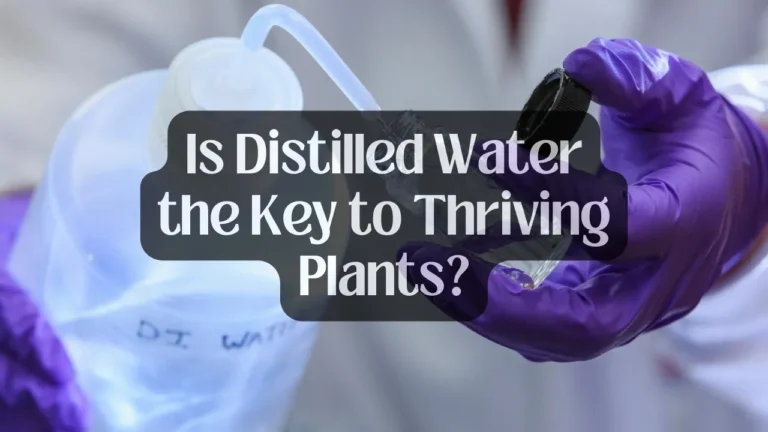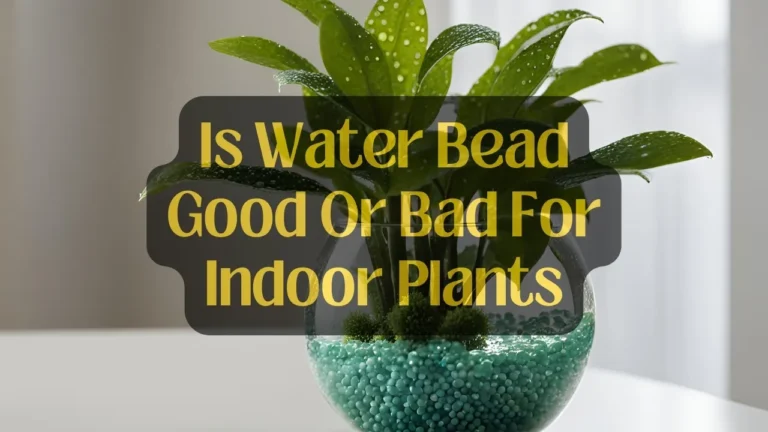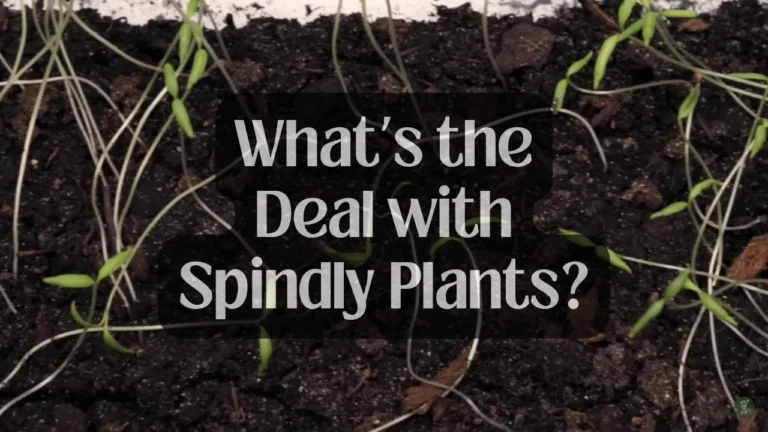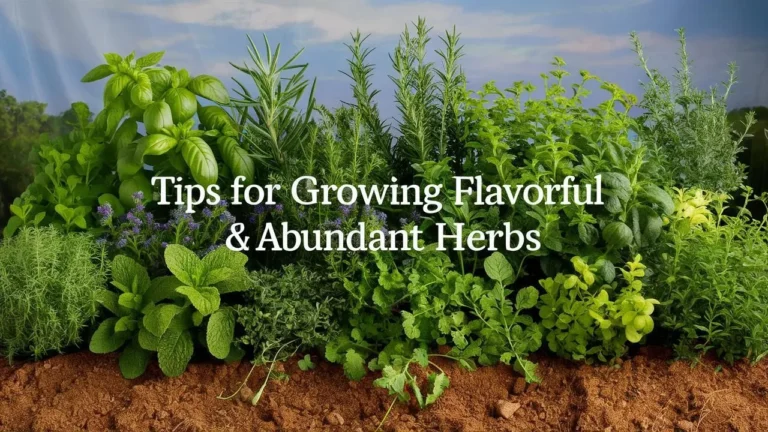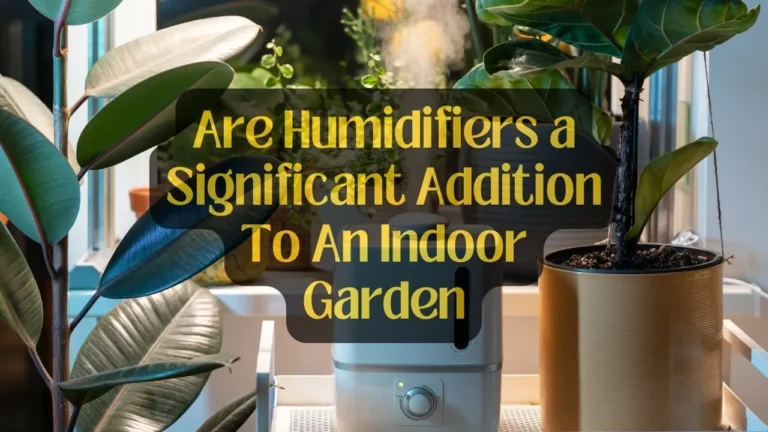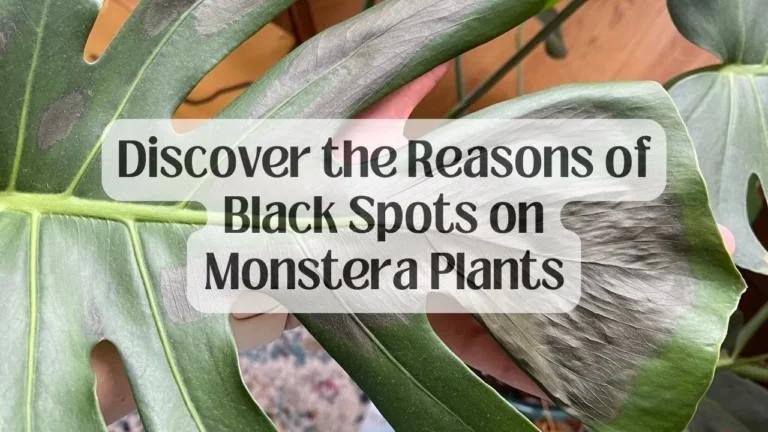How Can You Give Your Cannabis Plants the Best Start After Transplanting?
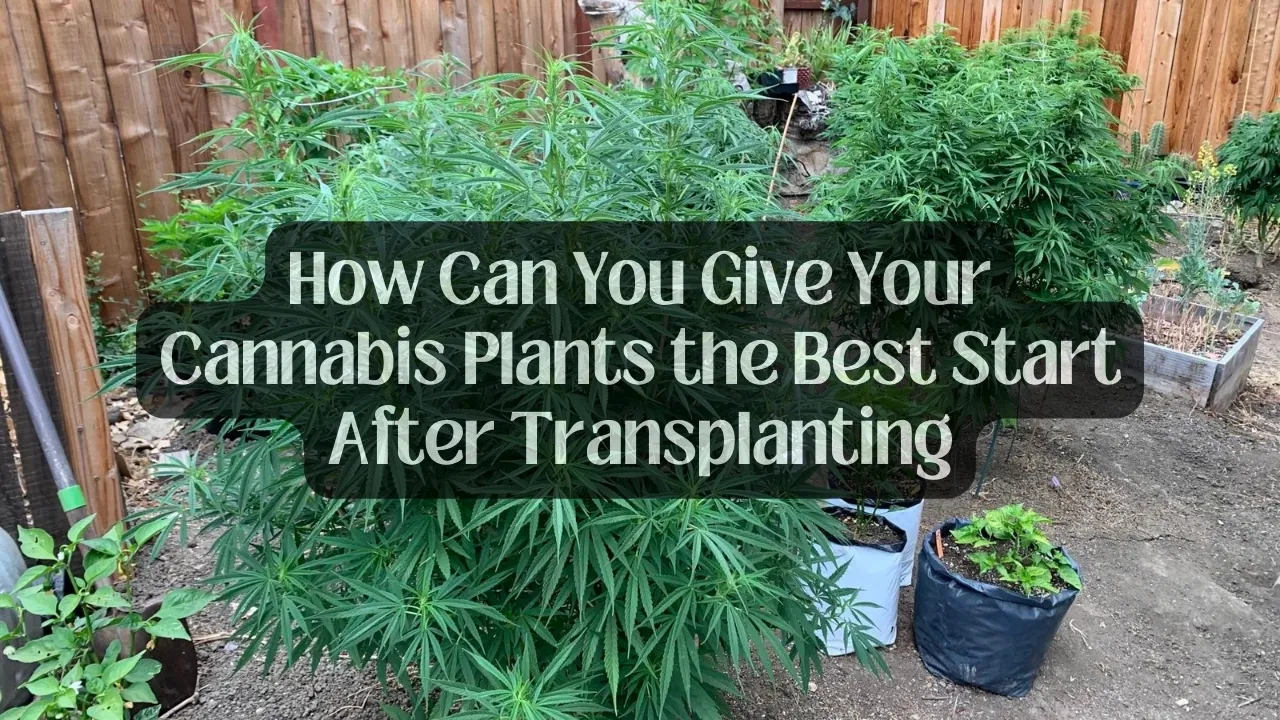
Cannabis plants are hardy, but they can still experience stress when moved to a new pot or environment. This “transplant shock” is a normal response as your plants adjust to their new home.
So, how to reduce cannabis plant shock? To reduce cannabis transplant shock, move plants while young, before they outgrow their container. Handle roots gently, keeping the rootball intact and moist. Provide a stable environment after transplanting, with ideal temperature, humidity, and lighting. Water carefully and consider a root booster or light pruning to help plants adapt.
Some shock is normal, but plants typically recover within a week with proper care. But don’t worry – with a few simple steps, you can help your cannabis recover quickly and thrive after transplanting. Here’s what you need to know.
Table of Contents
What Are the Signs of Transplant Shock in Cannabis Plants?

After transplanting, it’s normal for cannabis plants to droop, turn yellow, and look a bit sickly for a few days. You may notice symptoms like:
- Wilting or drooping leaves
- Yellowing leaves, especially lower ones
- Slowed growth or halted development
- Leaf curling or clawing
This is your plant conserving resources as it focuses energy on repairing and regrowing its roots in the new soil. Most plants bounce back within a week. But you can take steps to reduce transplant shock and help your cannabis adjust more quickly. I’ll discuss these steps later. Keep on reading.
What’s the Best Time to Transplant Cannabis?
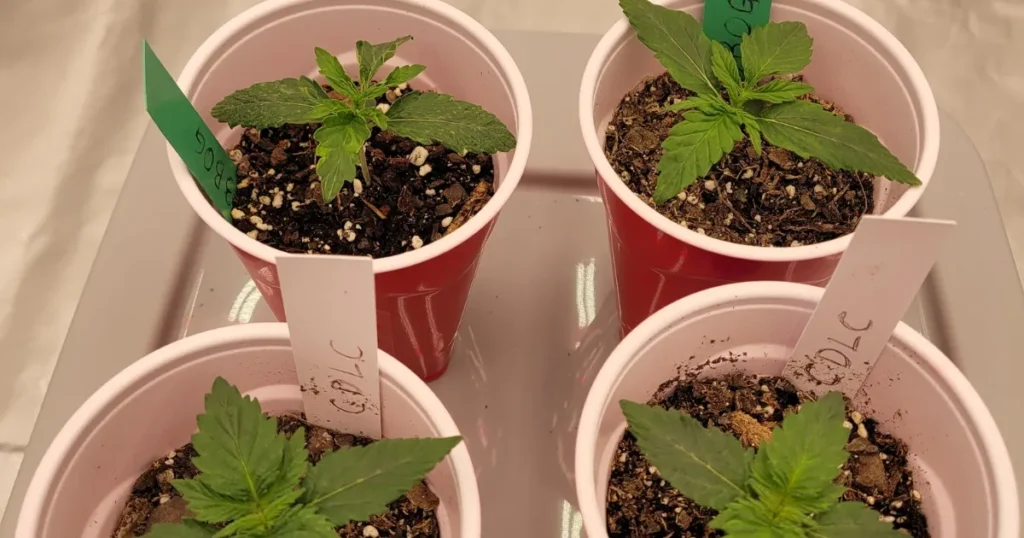
Choosing the right time to move your plants to a new pot is key to minimizing transplant shock. Ideally, transplant your cannabis:
- During the vegetative stage, not flowering
- When plants have 4-5 sets of true leaves
- Before plants outgrow their current pot and become rootbound
- In the evening or during cooler weather to reduce heat stress
Young plants are resilient and recover from the move more easily than mature plants. Letting plants get rootbound stresses them and makes transplant shock worse. Aim to move plants to gradually larger pots as they grow.
What Size of Container Should You Transplant Cannabis Into?
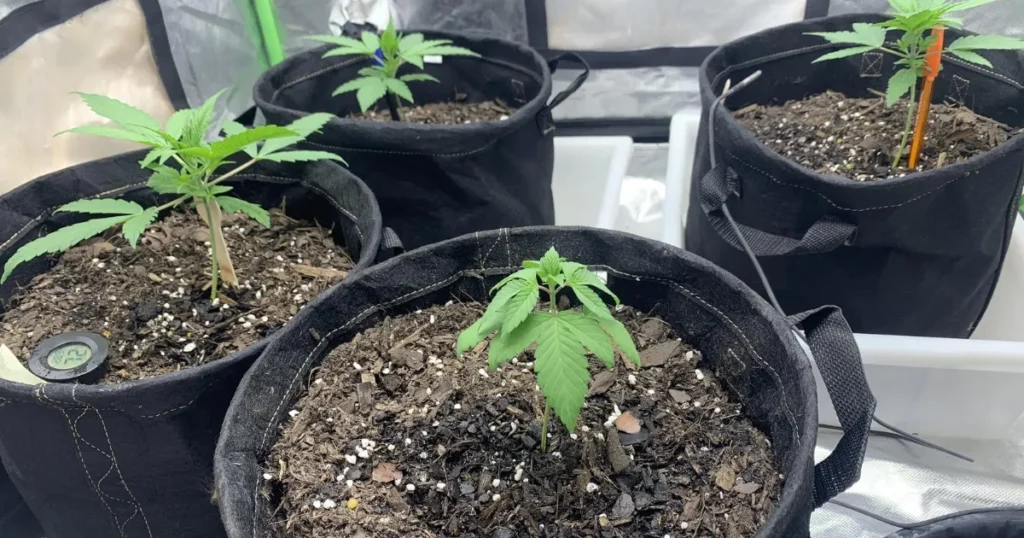
Choosing the right size pot is important for healthy root development. When transplanting, choose a container that is 2-3 times larger than the current one. Cannabis plants need about 2 gallons of soil for every 12″ of growth.
For seedlings, a 1-2 gallon pot is usually good for the first transplant. Move up to 3-5 gallon pots as plants get bigger. This gives roots ample space to stretch out without leaving too much empty soil that can get waterlogged.
How Do You Prepare Cannabis Plants for Transplanting?
A little prep goes a long way in making transplanting easier on you and your plants. Before you begin:
- Water plants well 1-2 days before the move. Moist soil holds together better.
- Prepare the new pots with a clean, high-quality potting mix. Pre-moisten the soil.
- If reusing old pots, clean and sterilize them to avoid disease.
- Have a tray or tarp ready to contain the mess. Transplanting can get dirty!
Taking these steps in advance will make the transplanting process go more smoothly. Having everything ready to go reduces the time your delicate roots are exposed.
What’s the Best Way to Transplant Cannabis Plants?
When you’re ready to make the move, follow these steps to transplant your cannabis with minimal stress.
- Loosen the rootball: If pot-bound, gently tease the outer roots free. Don’t damage the main rootball.
- Place in the new pot: Set the rootball in the center, level with the pot edge. Fill around with soil.
- Compress the soil: Press soil in firmly around the roots to remove air pockets, but don’t compact it.
- Water well: Drench the soil immediately after transplanting. Go easy on nutrients at first.
Be very gentle when handling your plants’ delicate roots. Try to keep the main rootball intact to avoid damage. The moist soil should hold together without much crumbling.
How Can You Help Cannabis Plants Recover After Transplanting?
With those steps complete, your work is done – but your plants’ work is just beginning. Help your cannabis bounce back faster with this post-transplant care
- Maintain temperature and humidity in the ideal range. Avoid big fluctuations.
Give plants bright light but avoid intense direct sun while they’re recovering. Water carefully - Water regularly to keep the soil moist but not soggy. Dial back nutrients at first. Consider a root booster
- A vitamin B1 or rooting hormone supplement can help plants adapt to the new soil.
Be patient and keep a close eye on your plants. Within a week, transplant shock should subside and your cannabis plants will be back to growing happily in their new home.
When Should You Consider Pruning Transplanted Cannabis Plants?
In most cases, it’s best to avoid unnecessary stress and handling of your plants right after transplanting. But if a plant is severely wilted or yellowing, a light pruning can help it recover. Consider removing:
- Up to 1/3 of the largest fan leaves, especially lower ones
- Any dead, damaged, or diseased leaves
A slight pruning allows the plant to focus resources on root repair rather than struggling to maintain wilted foliage. Just don’t overdo it – your plant needs most of its green leaves to regain health through photosynthesis.
The Bottom Line
No matter how carefully you transplant, your cannabis plants will likely experience some degree of shock. Don’t panic if you notice some wilting and yellowing in the days after the move. In most cases, plants rebound on their own within a week.
With some simple steps mentioned above, you can help your cannabis plants thrive before, during, and after transplanting. A healthy start in a new container sets the stage for robust growth through the rest of your plant’s life cycle.

